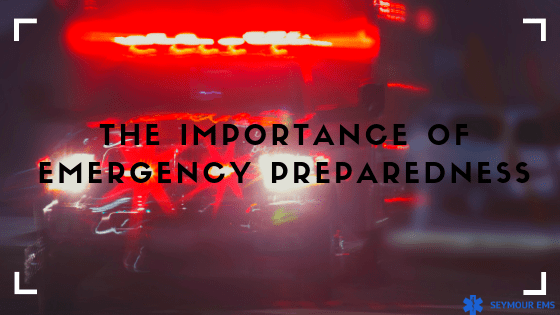Natural disasters, accidents, and tragedy are bound to strike at times. While you can’t avoid them completely, you can help brace the impact when disasters occur. Emergency preparedness is the easiest way to lessen the damage when something bad happens. From taking your own steps at home to dialing into organizations made to help during disasters, let’s take a closer look at what you can do to keep yourself and your family safe in the event of an emergency.
Who Can Help When Disaster Strikes?
Disasters strike in every area of the world, during every season, and in many different ways. Hurricanes, earthquakes, floods, fires, and tornadoes are just some examples of natural disasters that might leave you in need of some assistance. Nonprofit organizations, like the Red Cross, are examples of resources that provide aid during disasters.
Additional resources include:
- Hospitals
- Food banks
- Disaster shelters
- Animal shelters
- Local government agencies
In many cases, there are instances when there isn’t enough time or notice to prepare. That’s why planning now can be beneficial. While you might never need to use any of the resources you prepare, it’s better to have them and not use them than to need them and not have them!
What Is Emergency Preparedness?
Emergency preparedness refers to the preventative measures taken to reduce the effects of a disaster on your property, family, and life. The goal is to lessen the impact on your life, prepare organizations for extra activity, and create a plan that makes the most of resources and time and reduces the efforts needed to keep the population safe.
Being prepared can save your property and get entire populations back to normal faster than would be possible if you weren’t prepared when the disaster strikes. When you break it down, disaster preparedness can save lives. Although it takes some time to plan ahead, it’ll serve your entire family if you plan ahead.
At-Home Checklist
You probably don’t think about preparing your home for an emergency every day. But, thinking about it at some point is important. That’s why we’ve taken some time during National Emergency Preparedness Month to educate you on ways you can plan ahead to keep yourself, your family, and your property safe. To start, prepare a basic emergency kit for your home.
The kit should carry items that will help you survive if you are suddenly displaced or left without electricity and other life resources. Your at-home survival kit should have enough of each item to get you through several days. It should also be packed and ready to go in case you need to leave in a hurry.
Your kit should contain things like:
- Pack a gallon per person, per day. Don’t forget to include enough water for pets, if you have any.
- Non-perishable food will help you survive until help arrives. Have enough food to feed the entire family for at least three days.
- Pet Supplies. If you have pets, make sure there is enough supplies for anything they may need.
- Can Opener. If your non-perishables include cans of food, be sure to have a can opener packed.
- These will come in handy if you’re left without power.
- Extra Batteries. To be used for your flashlights.
- Cell Phone Chargers. Be sure at least one person keeps a cell phone nearby and have an extra charger in your kit. It’ll help you keep an open line of communication.
- In case it gets cold, having blankets or sleeping bags will keep everyone warm.
- Wet Wipes. Easy to store and great for getting rid of germs, keep wet wipes and hand sanitizer in your kit.
- First-Aid Kit. Just in case someone gets injured. Make sure you have a fully-stocked first-aid kit. If you need to know what to keep in your kit, check out our first-aid kit checklist here.
- Extra Clothing. Include a pair of shoes and light but comfy clothes for everyone in the family.
- Extra Cash. You never know if you’ll need money for something.
While preparing a kit like this may sound silly, it can be a life-saving resource if you’re ever faced with an emergency. Add additional items based on your specific situation, as needed. For example, if members of your family take medication regularly, be sure to have several doses in your kit.
For more tips and advice regarding emergency response topics, follow us on social media and check back for monthly articles!


Recent Comments